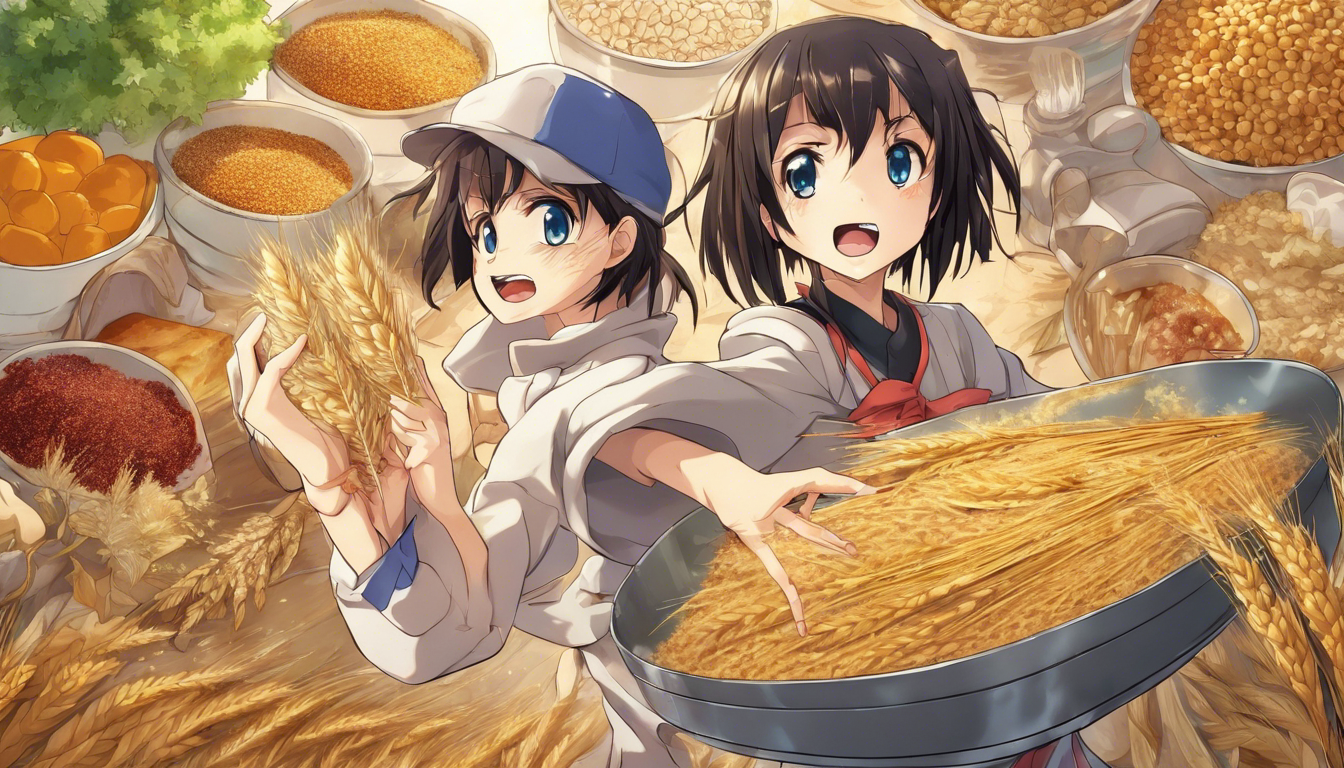
Living a gluten-free lifestyle can have significant benefits for people with gluten intolerances or celiac disease. However, navigating the world of gluten-free grains can be a daunting task, as not all grains are created equal when it comes to being safe for consumption. To help you better understand the gluten-free diet, we have compiled a list of essential gluten-free grains that you should know about.
1. Quinoa
Quinoa is a gluten-free pseudo-grain that has gained popularity in recent years for its numerous health benefits. Rich in protein, fiber, and essential nutrients, quinoa is a versatile grain that can be used as a base for salads, side dishes, and even desserts. It is a great alternative to wheat-based grains and provides an excellent source of energy.
2. Rice
Rice, in its various forms (white, brown, wild), is naturally gluten-free and widely consumed around the world. It is a staple in many cuisines and can be used in dishes ranging from stir-fries to sushi. Rice is easy to digest and provides a good source of carbohydrates for energy.
3. Buckwheat
Buckwheat is not actually related to wheat and is naturally gluten-free. It is commonly used in the form of flour to make pancakes and noodles. Buckwheat has a unique nutty flavor and is rich in fiber, minerals, and antioxidants, making it a nutritious choice.
4. Millet
Millet is a small grain that comes in various colors and is a popular gluten-free option. It is highly versatile and can be cooked like rice, used in porridge or added to salads and soups. Millet is rich in nutrients like magnesium, phosphorus, and antioxidants, making it a healthy addition to your diet.
5. Amaranth
Amaranth is an ancient grain that has become more popular in recent years due to its gluten-free nature and exceptional nutritional profile. It is packed with protein, fiber, and essential amino acids, making it a must-try for those following a gluten-free diet. Amaranth can be cooked as a side dish, added to salads or ground into flour for baking.
6. Corn
While it’s technically a grain, corn is naturally gluten-free and widely consumed worldwide. It can be enjoyed in various forms such as cornmeal, corn flour, or corn kernels. Corn can be used to make tortillas, polenta, and cornbread, providing a flavorful alternative to wheat-based products.
7. Oats
Oats are inherently gluten-free, but they are often processed in facilities that also handle wheat, resulting in cross-contamination. However, certified gluten-free oats are available for those with gluten sensitivity. Oats can be used in various dishes like oatmeal, granola, and baked goods.
These gluten-free grains open up a world of possibilities for those following a gluten-free lifestyle. They provide a nutritious and delicious alternative to traditional wheat-based products, ensuring that people with gluten intolerance or celiac disease can still enjoy a wide range of tasty dishes. While it’s essential to read labels and understand potential cross-contamination risks, embracing these gluten-free grains can help make your gluten-free journey both enjoyable and satisfying.